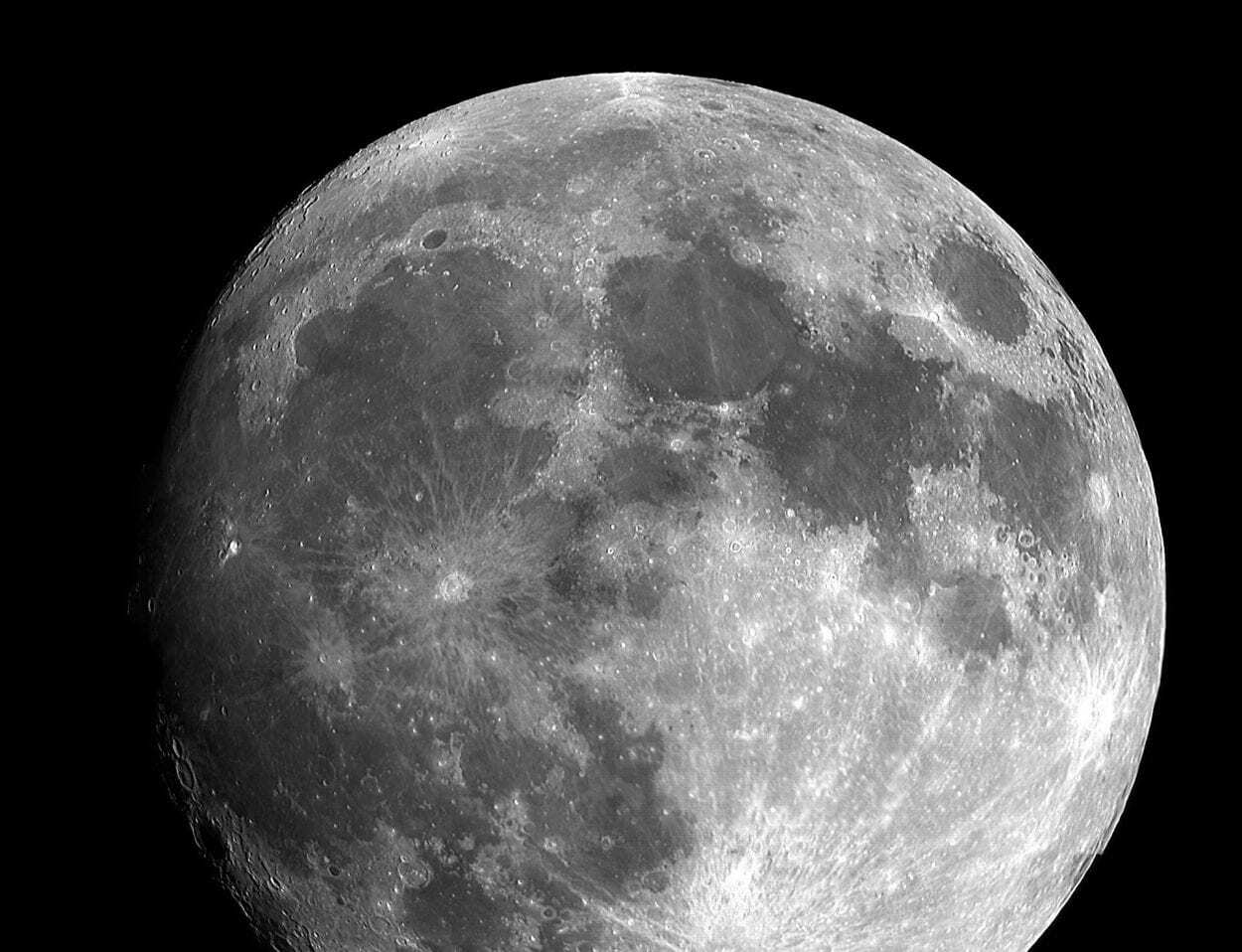Presently, the moon does not have an internal magnetic field as it can be observed on Earth. However, there are localized regions on its surface up to several hundred kilometers in size where a very strong magnetic field prevails.
This has been shown by measurements on rocks from the Apollo missions. Since then, research has puzzled about the origin of these magnetic spots. One theory is that they are in some way remnants of an ancient core magnetic field.
Possibly similar to what can still be observed on Earth today. Here, the core consists of molten and solid iron and its rotation generates the earth’s magnetic field. Why the inner field of the Moon has extinguished at some point remains a subject of research.
Another long discussed theory about the local magnetic spots of the moon suggests that they are the result of magnetization processes caused by impacts of massive bodies on the moon surface. A study recently published in the journal Science Advances now shows, that the Moon must have had an internal core dynamo in the past.
The researchers came to their conclusion by disproving this second theory with the help of complex computer simulations. It is the result of a large international cooperation between MIT, GFZ-Potsdam, UCLA, the University of Potsdam, the University of Michigan and the Australian Curtin University.
The second thesis was supported among other things by the fact that large and strong magnetic spots were found on the other side of the moon, exactly opposite large lunar craters. Their origin was assumed to be as follows: Because the Moon – unlike the Earth – has no atmosphere to protect it from meteorites and asteroids, such massive bodies can hit it with full force and pulverize and ionize material on its surface.
A cloud of charged particles, also called plasma, created in this way flows around the Moon, compresses the magnetic solar wind present in space and thus strengthens its magnetic field. At the same time, the solar wind induces a magnetic field in the moon itself. At the surface opposite the impact, all these fields are amplified and create the observed magnetism in the crustal rock.
Using the examples of some well-known Moon craters as the one we regard as its “right eye”, the researchers have now simulated the impact including the plasma formation, the propagation of the plasma around the moon and the course of the field induced in the moon’s interior. Using software that was originally developed for space physics and space weather applications, they simulated very different impact scenarios.
In this way, the scientists were able to show that the amplification of the magnetic fields due to collisions and ejected material alone was not sufficient to generate the large field strengths as originally estimated and measured on the moon: The resulting magnetic field is a thousand times weaker than necessary to explain the observations.
This does not mean, however, that these effects do not exist; they are only comparatively weak. In particular, the simulations showed that the field amplification by the plasma cloud on the rear side of the impact is more likely to occur above the crust, and that the magnetic field inside the moon loses much of its energy via dissipation due to turbulence in the mantle and crust.
“How exactly the magnetic spots were formed still requires more research. But now it is clear that at some point in time an internal magnetic field of the Moon had to be present for this to happen,” says Yuri Shprits, Professor at the University of Potsdam and head of the Magnetospheric Physics Section at GFZ-Potsdam. “In addition, this study can help us to better understand the nature of the dynamo-generated magnetic field and the dynamo process on Earth, the outer planets and exoplanets”.
GFZ GEOFORSCHUNGSZENTRUM POTSDAM, HELMHOLTZ CENTRE
Header Image Credit : Public Domain





